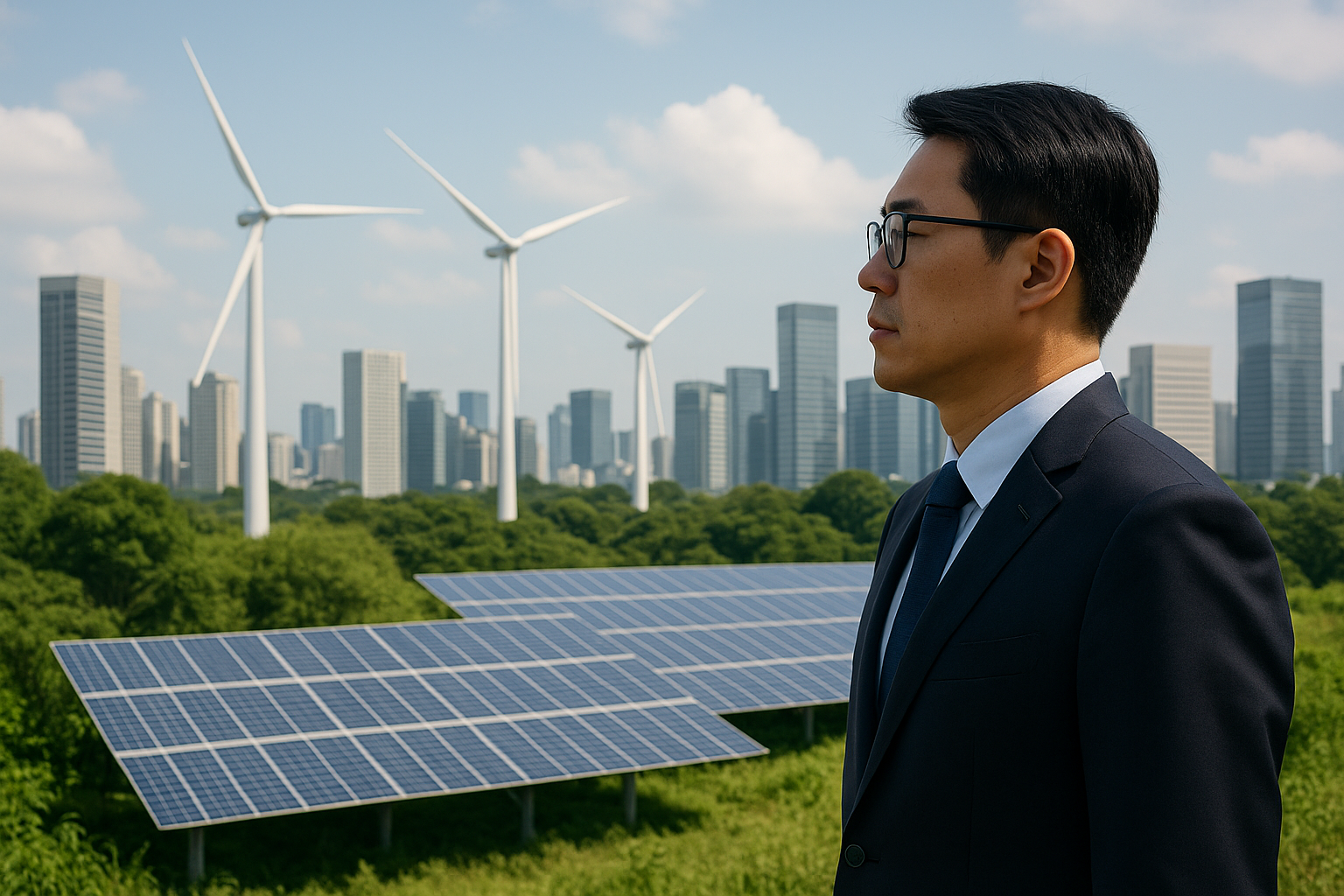How incentive-driven green policies drive corporate sustainability
The study shows that the NEDC policy had the strongest positive impact in cities with stricter environmental regulations, suggesting that complementary enforcement measures are necessary to ensure policy effectiveness. This innovation–regulation dual mechanism underscores that policy interventions alone may not suffice unless supported by both advanced technological capacity and a stringent regulatory environment.

A new study provides robust evidence that government-led green policies can improve corporate environmental performance when supported by innovation and strong regulation. The research sheds light on how structured policies can accelerate the transition to cleaner industrial practices in developing economies.
Published in Energies and titled “Can Green Policy Enhance Corporate Environmental Performance? Evidence from China’s New Energy Demonstration City Policy”, the study examines the role of China’s New Energy Demonstration City (NEDC) initiative in boosting corporate environmental standards. Using a quasi-natural experiment design, the authors demonstrate how policy intervention can significantly raise environmental performance among listed firms and highlight the moderating roles of artificial intelligence (AI) innovation and regulatory pressure.
Measuring the impact of policy on environmental performance
The research leverages the rollout of the NEDC policy as a natural experiment to evaluate its effects on corporate environmental performance (EP). By analyzing panel data from Chinese A-share listed companies between 2010 and 2022, the study applies a difference-in-differences (DID) framework to isolate the causal impact of the policy.
To assess environmental outcomes, the authors construct a composite EP index based on nine environmental governance indicators from the CSMAR database and further validate their results using the Bloomberg Environmental Responsibility Score. This dual approach ensures a robust measurement of corporate environmental improvements.
The findings reveal that the NEDC policy led to a significant increase in EP, with estimated effects indicating an average 9 percent improvement relative to baseline levels. The policy’s success is attributed to its dual design of incentives and constraints, which both lowered the costs of adopting cleaner technologies and raised the costs of non-compliance. This combination spurred firms to invest in environmental governance, obtain certifications, and strengthen disclosure practices.
Innovation and regulation as catalysts for policy effectiveness
The study examines how AI innovation capacity and regulatory stringency influence the success of green policies. The authors find that while AI investment alone does not automatically lead to environmental gains, often diverting resources in the short term, the combination of AI with policy incentives significantly enhances corporate EP. This policy–innovation synergy highlights the importance of aligning technological advancement with policy frameworks to accelerate environmental improvements.
Regulatory pressure further amplifies these effects. The study shows that the NEDC policy had the strongest positive impact in cities with stricter environmental regulations, suggesting that complementary enforcement measures are necessary to ensure policy effectiveness. This innovation–regulation dual mechanism underscores that policy interventions alone may not suffice unless supported by both advanced technological capacity and a stringent regulatory environment.
The research also uncovers important heterogeneity in policy impact. State-owned enterprises (SOEs), large firms, and regulated industries benefited most from the NEDC policy due to their superior access to resources and compliance capabilities. Conversely, smaller firms and non-SOEs experienced weaker improvements, indicating the need for targeted support to level the playing field.
Policy implications for sustainable economic transition
The findings hold valuable lessons for other developing economies seeking to align industrial growth with environmental goals. The study demonstrates that structural green policies combining financial incentives with regulatory constraints can meaningfully drive improvements in corporate environmental behavior, particularly during early stages of the transition to a low-carbon economy.
To maximize policy impact, the study recommends pairing green incentives with innovation support measures such as R&D subsidies and tax breaks for AI applications that enable firms to meet environmental standards more efficiently. At the same time, maintaining consistent regulatory pressure ensures that firms cannot delay environmental compliance.
The researchers further highlight the importance of addressing the disparities revealed by their analysis. Policymakers should design targeted interventions for small and medium-sized enterprises (SMEs) and non-SOEs, including access to green financing, technology-sharing platforms, and capacity-building programs, to ensure that the benefits of green policy are broadly distributed across the economy.
The study further points out the need for continuous monitoring and adaptive policy design. As firms’ technological capabilities and market conditions evolve, green policies need to be recalibrated to maintain their relevance and effectiveness.
- FIRST PUBLISHED IN:
- Devdiscourse










